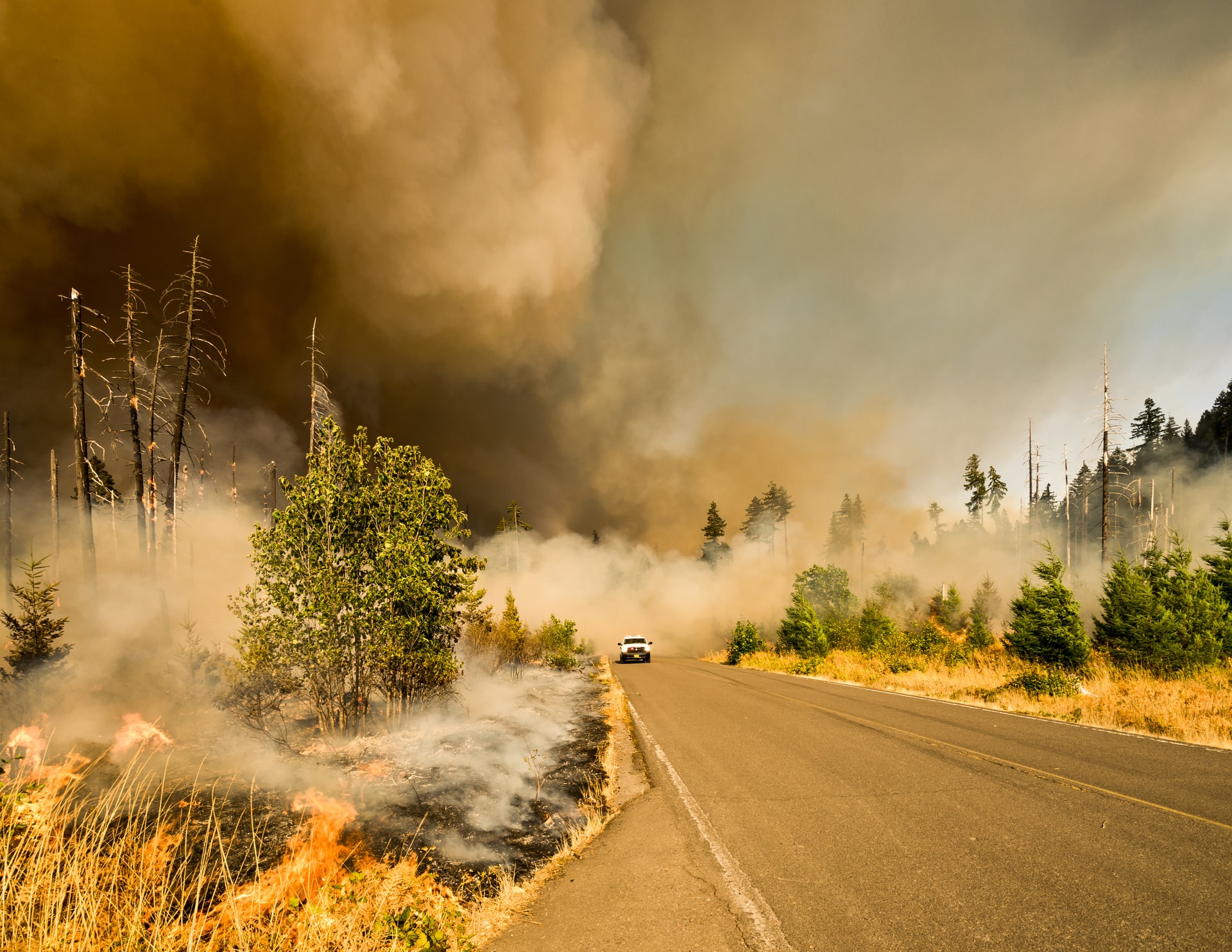
EXPERT REACTION: Could wildfire smoke spread infectious diseases?
Opinion piece/editorial: This work is based on the opinions of the author(s)/institution.
In addition to being hazardous to breathe in, wildfire smoke could carry infectious bacteria and fungi with it as well. Two US researchers write in an article for Science that, despite the heat, wildfire conditions can create airborne pockets where microbes can survive, and that they could potentially travel “hundreds of miles'' depending on the fire and atmospheric conditions. Given that wildfire seasons are getting longer and more severe, the authors write that more research needs to be done to understand how far and which microbes are transported by smoke under different conditions.
Journal/conference: Science
Link to research (DOI): 10.1126/science.abe8116
Organisation/s: University of Idaho, USA; University of California - Davis, USA
Attachments:
Note: Not all attachments are visible to the general public
News for:
International
Media contact details for this story are only visible to registered journalists.


Expert Reaction
These comments have been collated by the Science Media Centre to provide a variety of expert perspectives on this issue. Feel free to use these quotes in your stories. Views expressed are the personal opinions of the experts named. They do not represent the views of the SMC or any other organisation unless specifically stated.